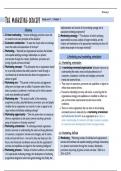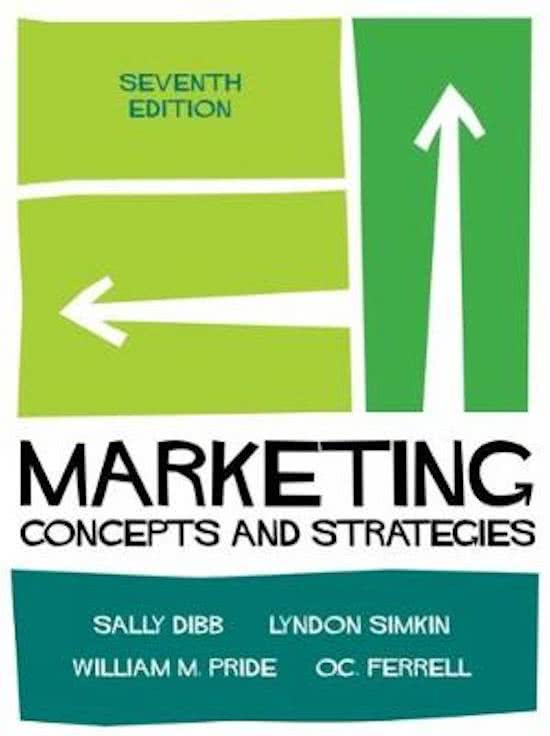Summary
Summary Marketing Management 202B Notes
- Course
- Institution
- Book
These notes include a summary of second-year marketing management work. With information from the textbook Marketing Concepts and Strategies, these notes also contain additional notes from lectures, tutors and the slides used during the duration of the module. *Exam mark: 88% *Final mark: 90% ...
[Show more]




